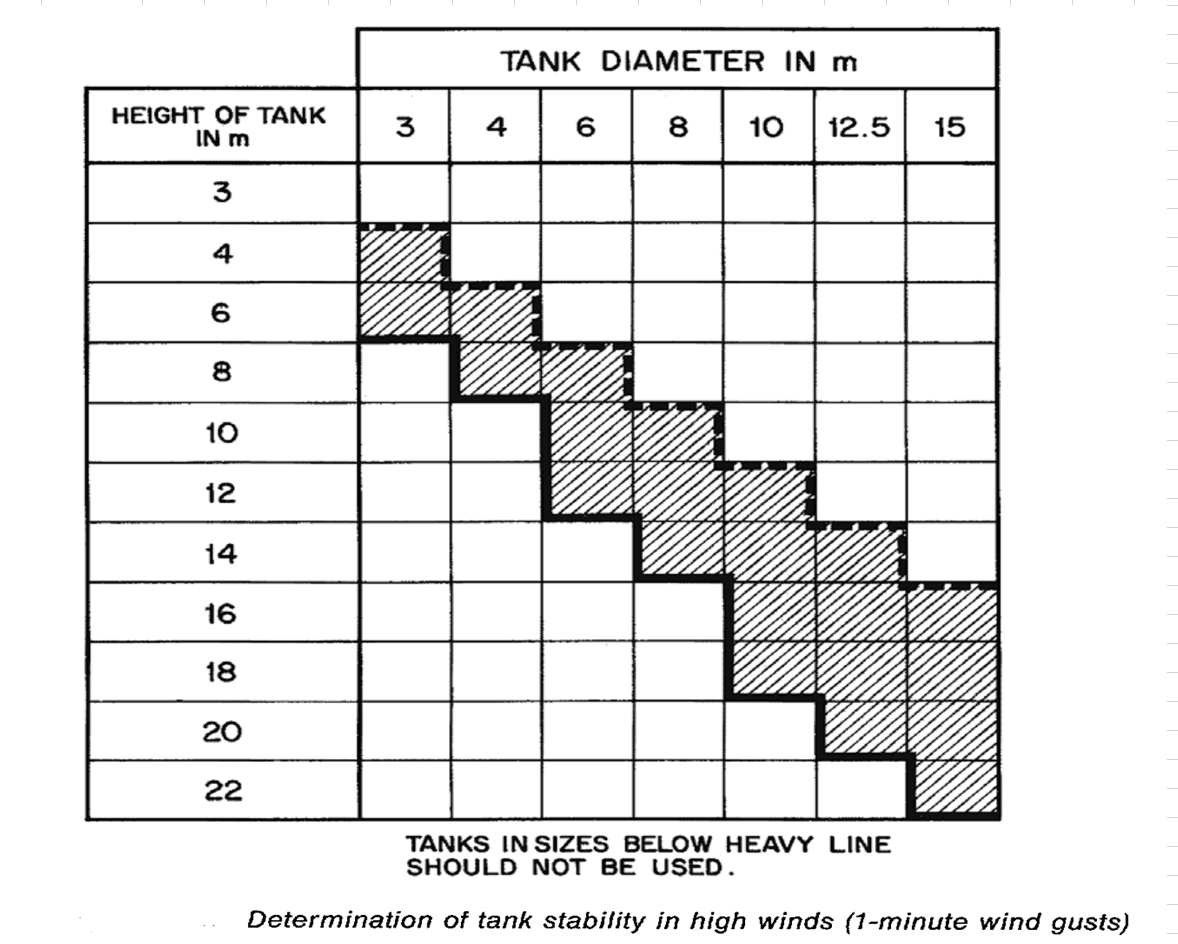Dear all,
Our factory has added a pipeline for the recovery of steam condensate. Prior to this, the condensate was discharged into the waste water sump on site through the drain valve behind the steam trap.
But about 8 days after the pipeline was put into use, there was a water hammer,could you please help me analyze the causes of water hammer and propose solutions?Thanks!
The process is shown as below:
Here are some more information:
1. Steam condition:0.43Mpa-G,190℃,500kg/h;The condensate is cold and there is no possibility of secondary flash evaporation;
2. The new steam condensate pipeline(red color) size DN50, length 150m, including 17 90° elbows, highest point 8m above ground, T361 water tank height 5m;T361 is an atmospheric pressure tank that vent to the atmosphere;
3. Check the discharged steam condensate, no steam drifting, showing the steam trap can close tight on steam;
4. Inquire with the operator that the water hammer occurred in the pipeline in front of the steam trap。

 FB
FB

















